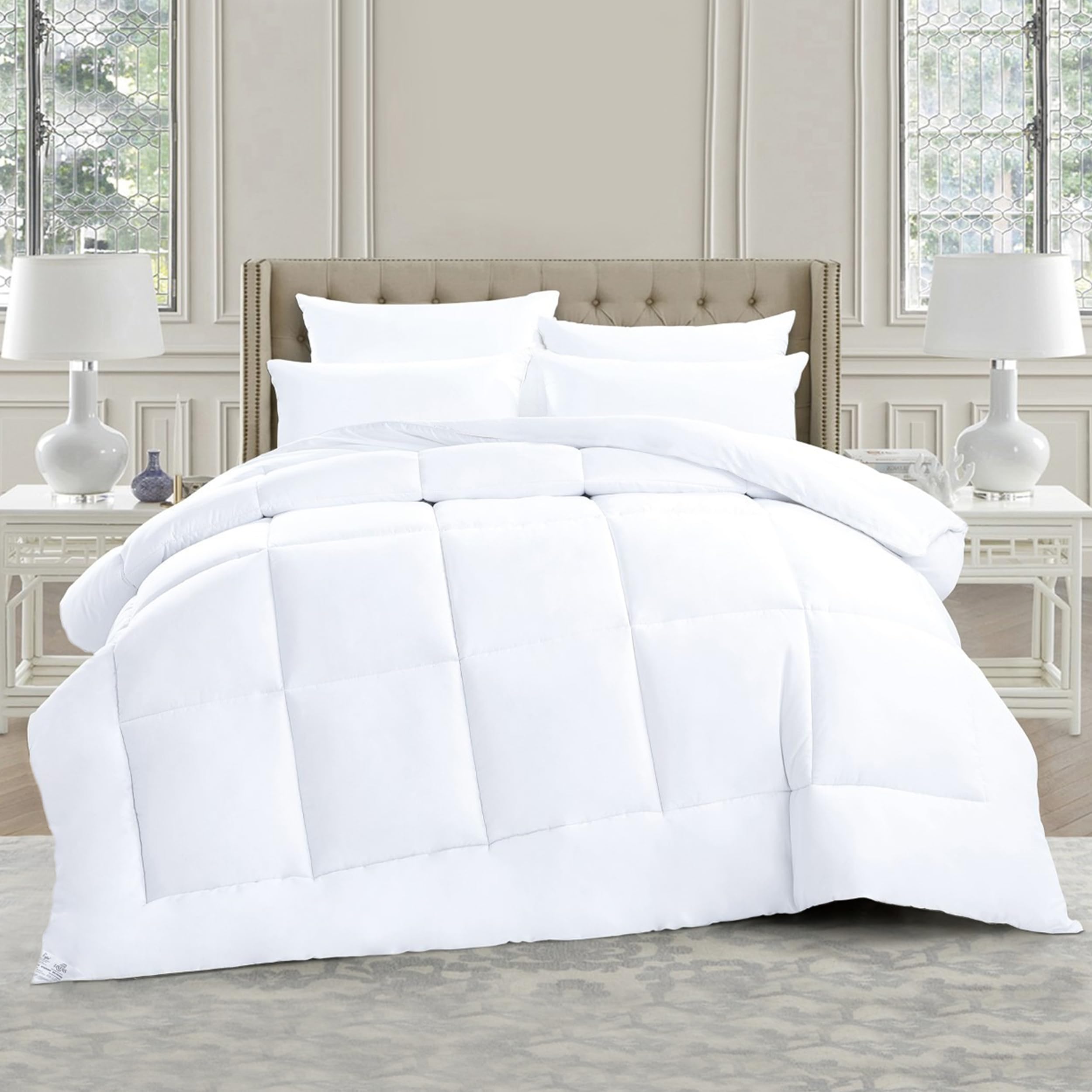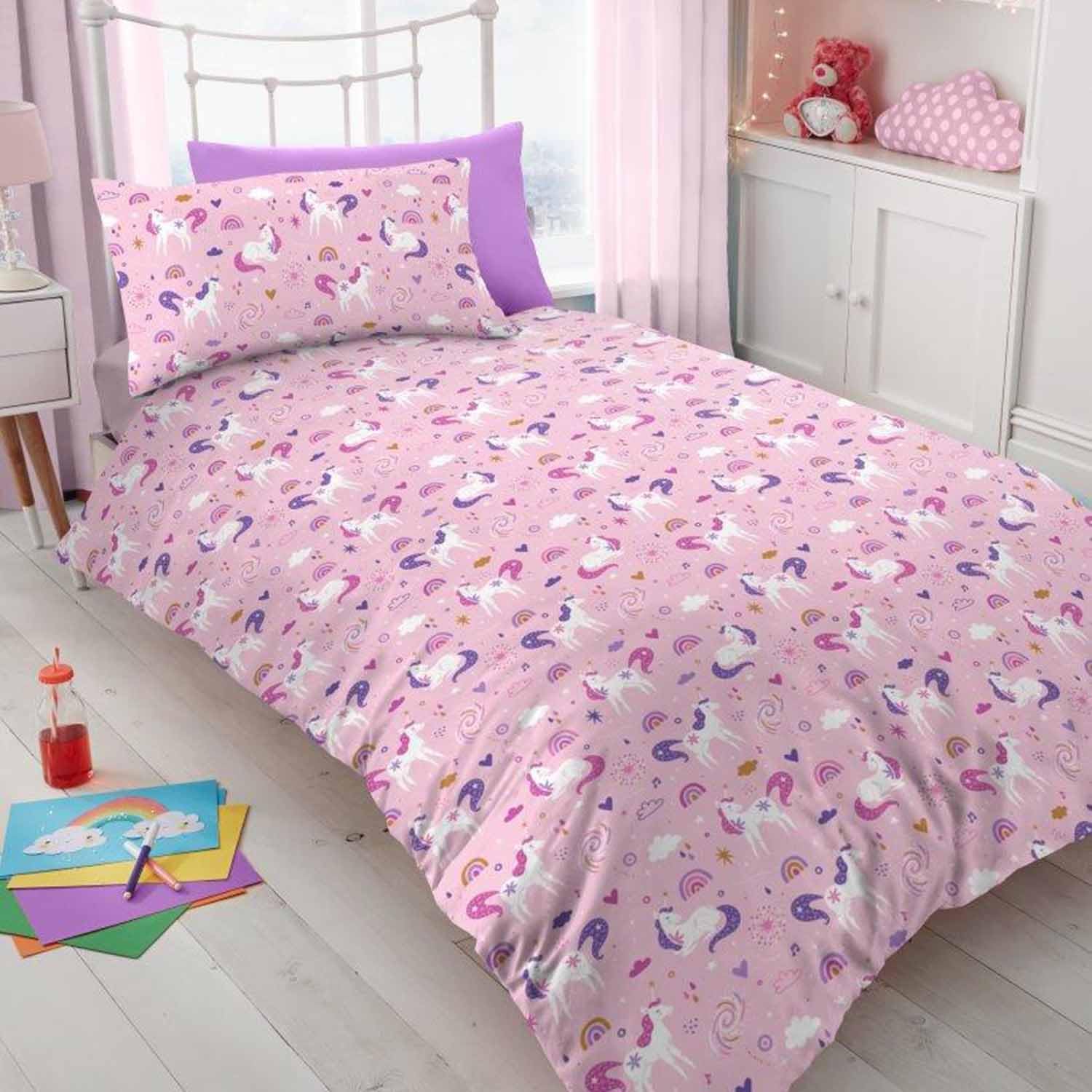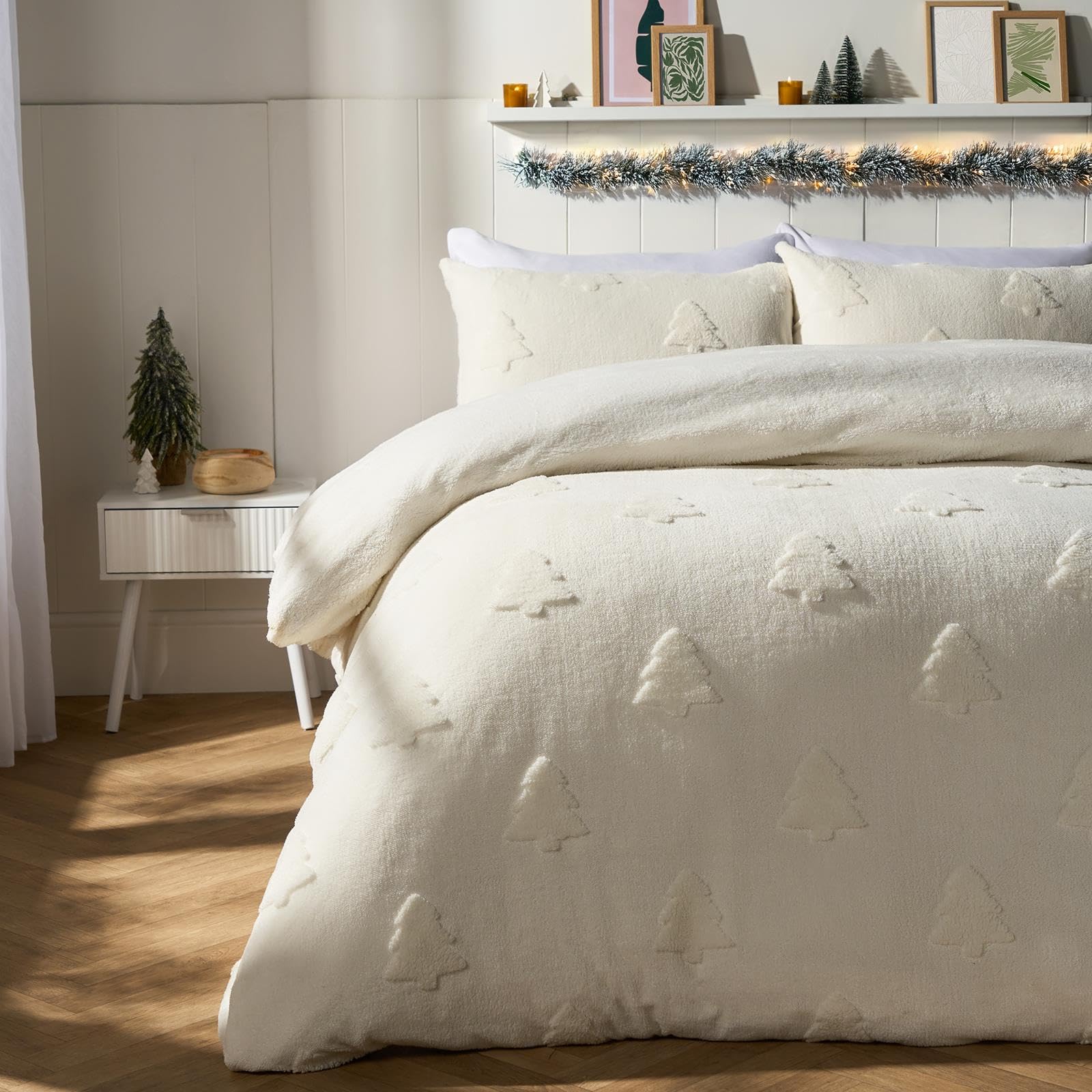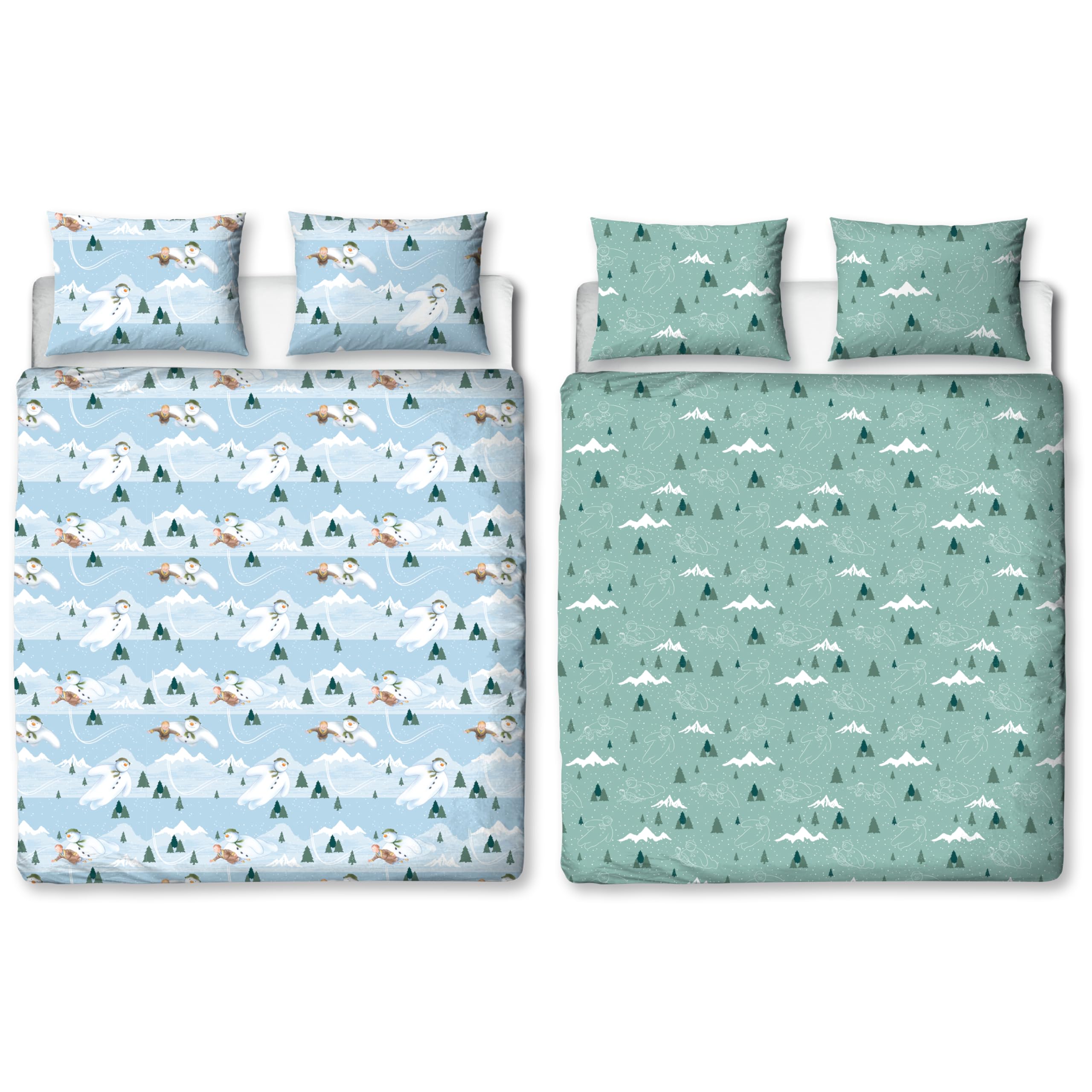Wool and down are two of the most appealing duvet fills for UK sleepers who want natural comfort and reliable warmth. At first glance they seem to compete for the same role, yet they behave differently in ways that matter when you run hot, when you share a bed, or when your bedroom temperature swings during the night. This guide compares warmth to weight, breathability, moisture handling, allergy considerations and care so you can choose a duvet that fits your sleeping style and your home.
Seasonal warmth usually comes from duvets that balance weight and airflow in UK bedrooms.
Warmth to Weight and Drape
Down is famous for its ability to trap heat with very little weight. The soft clusters create countless tiny air pockets that insulate without bulk, which gives down duvets a cloud like drape that many people love in winter. Higher fill power down increases loft, which means more warmth for the same weight. Wool works differently. Fine wool fibres create a lofty batting that insulates well but carries more weight than down for the same warmth. The drape feels a little more grounded and reassuring. If you enjoy a duvet that feels weightless, down has the edge. If you prefer a slightly weightier blanket feel, wool is very satisfying while still avoiding heaviness.
Breathability and Temperature Regulation
Both materials breathe better than dense synthetics, but they manage moisture in different ways. Down relies on a breathable, tightly woven cotton casing and the natural structure of the clusters to allow air exchange. It is very warm for its weight, so hot sleepers may find a down duvet too cosy in a warm room unless they choose a lower tog and pair it with cool sheets. Wool is a standout for temperature regulation. The fibres can absorb and release moisture vapour while still feeling dry to the touch, which helps buffer humidity spikes. In practice, wool duvets are less likely to feel clammy as the night warms, and they can feel comfortable across a wider range of room temperatures. This can be a real advantage in UK homes where nights start cool and end warmer.
Night Sweats and Partner Comfort
If one person in bed tends to overheat while the other feels chilly, wool often delivers a better compromise. The way wool handles moisture can reduce that sticky feeling that wakes warm sleepers. At the same time, the natural loft keeps cool sleepers from feeling exposed. Down can also be comfortable for mixed couples if you choose a sensible tog and avoid very high fill power that may be too warm in a centrally heated bedroom. If either partner is sensitive to humidity, wool has a practical advantage because it manages damp micro climates around the body more effectively.
Allergy Considerations
People sometimes assume down is a source of allergy symptoms. In reality, high quality down that has been well cleaned and encased in a tight downproof cotton shell is unlikely to be the trigger. House dust mites are a more common cause. Labels such as Nomite indicate the casing is woven tightly enough to be considered resistant to mite penetration, and Responsible Down Standard supports ethical sourcing. Wool is naturally resistant to dust mites because it manages moisture so well, and many wool duvets are suitable for allergy sensitive sleepers. If you have specific allergies, check product claims carefully, look for OEKO TEX Standard 100 for material safety, and consider washability if regular hot washing forms part of your management plan.
Tog Choices and Seasonal Use
For down, a 4.5 tog is ideal for summer in warm homes, a 7 to 10.5 tog suits spring and autumn, and a 13.5 tog brings cosy comfort in winter. For wool, you can often choose a lower tog than you expect because of the way it moderates humidity and heat. A medium wool duvet can feel comfortable from late spring through early autumn in many UK bedrooms. In winter, a dedicated winter weight wool duvet feels reassuring without becoming oppressive. All season wool sets that clip together are also available and offer flexibility similar to down pairs.
Care and Washing
Down and wool duvets both require a little attention to care labels. Down duvets may be machine washable in a large drum on a gentle cycle, followed by thorough drying with dryer balls to restore loft. Wool duvets are sometimes marked dry clean only, though some brands offer machine washable options. Regular airing can reduce the need for washing. On a dry day, hang the duvet near an open window or outside in shade to refresh it. Always ensure the duvet is completely dry before putting it back on the bed to prevent mustiness. A breathable duvet cover makes care easier by providing a washable barrier against skin oils and spills.
Feel and Sound
Many people find the sound and movement of a duvet important to sleep comfort. Down moves fluidly and tends to be very quiet. Wool has a denser structure and can sound slightly more rustly when new, though it softens with use. If you are sensitive to sound at night, choose a duvet with a high quality cotton casing. Softer, densely woven shells reduce rustling and improve the way the duvet drapes across the body.
Price and Longevity
Prices vary widely across quality levels. Premium down commands a higher price because of the cost of sourcing, cleaning and grading the fill. It can last many years when cared for properly. Wool duvets are more affordable in many ranges and also offer long service life, especially when used with a protective cover and aired regularly. If you are building your bedding wardrobe over time, consider starting with a midweight wool duvet for its versatility across weather and then add a dedicated summer or winter layer as you learn your preferences.
Which One Should You Choose
If you value the lightest possible drape and a luxurious, lofty feel in winter, a down duvet is hard to beat. If you want comfort that adapts to changing temperatures and you dislike any hint of clamminess, a wool duvet is a very smart pick. In shared beds where one person runs hot and the other cold, wool often keeps the peace better. If you have specific allergies or want to wash at home, look for down duvets that specify thorough cleaning and downproof casings, or choose machine washable wool where available. Pair either fill with sheets that support your goal. Cotton percale and linen keep things cooler, while sateen adds a little warmth in winter.
Breathable wool and light, drapey down both feature in duvets for UK homes; cooler beds usually add percale sheets for airflow.
FAQs
Is wool cooler than down in summer? Often yes. Wool handles moisture very well and can feel comfortable across wider temperature swings. In very warm rooms, a low tog cotton or silk option can also help.
Can down be hypoallergenic? High quality, well cleaned down encased in a tight cotton shell can be suitable for many allergy sensitive sleepers. Check labels for Nomite and OEKO TEX where possible.
What sheets pair best with each fill? For cooler sleep, cotton percale or linen work with both wool and down. For winter warmth, cotton sateen offers a smooth, slightly warmer touch.





